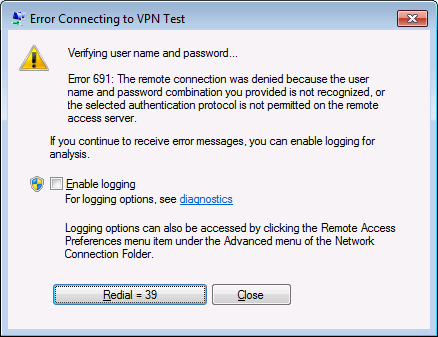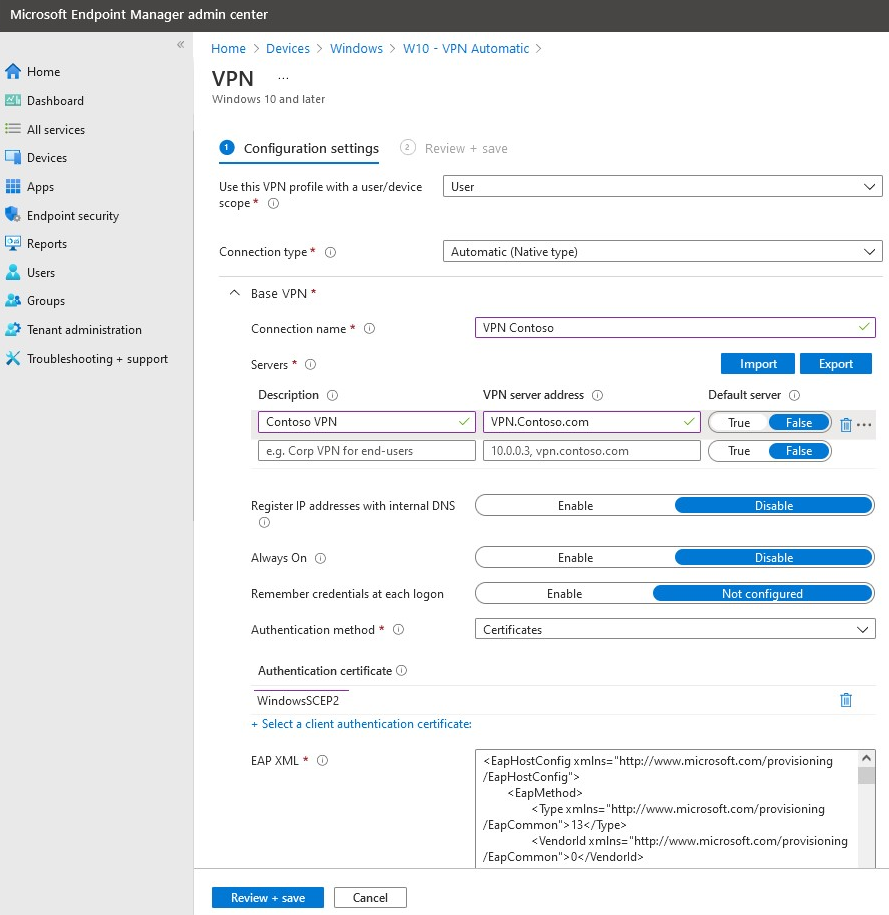Featured
Table of Contents
How To Troubleshoot Common Issues With Avast Secureline ...

The Routing and Remote Access snap-in lives within the Microsoft Management Console, referred to as the MMC. There are multiple ways to access the MMC. You can pick the console from the Start menu's Programs choices, within the Administrative Tools folder within Windows server's Control board or by typing mmc at a command prompt.
As Tech, Republic's Brandon Vigliarolo shows within his video at the start of this post, the Providers console shows the status of the Routing and Remote Access entry. From within the Providers console and with the Routing and Remote Access entry highlighted, you can click Start the Service or right-click the entry and choose Restart.
Often the VPN client and VPN server are set to using different authentication methods. Verify whether an authentication mistake is the issue by opening the server console. Yet another technique of accessing the MMC is to type Control+R to open a command prompt in which you can type mmc and hit Enter or click OK.
If the entry isn't present, click File, choose Add/Remove Snap-in, choose the Routing and Remote Access option from the choices and click Add, then OK. With the Routing and Remote Access snap-in added, right-click on the VPN server and click Properties. Then, review the Security tab to confirm the authentication technique.
Troubleshooting Vpn Problems
Ensure the VPN customer is set to the authentication technique defined within the Security tab. Generally the items just evaluated are accountable for most VPN connection refusal mistakes. Other fundamentals should be right, too. If the Windows Server hosting the VPN hasn't joined the Windows domain, the server will be not able to authenticate logins.
Each Web-based VPN connection generally uses 2 various IP addresses for the VPN customer computer system. This is the IP address that's used to establish the initial TCP/IP connection to the VPN server over the Internet.
This IP address typically possesses the exact same subnet as the regional network and therefore allows the client to communicate with the regional network. When you established the VPN server, you need to configure a DHCP server to appoint addresses to customers, or you can create a bank of IP addresses to assign to clients directly from the VPN server.


If this option is chosen and the effective remote access policy is set to allow remote access, the user will have the ability to attach to the VPN. I have actually been unable to re-create the situation personally, I have actually heard reports that a bug exists in older Windows servers that can trigger the connection to be accepted even if the reliable remote gain access to policy is set to reject a user's connection.
7 Common Vpn Problems And How To Fix Them (Tested ...

Another typical VPN issue is that a connection is effectively established but the remote user is unable to access the network beyond the VPN server. By far, the most common cause of this problem is that consent hasn't been given for the user to access the entire network. To enable a user to access the whole network, go to the Routing and Remote Gain access to console and right-click on the VPN server that's having the issue.
At the top of the IP tab is an Enable IP Routing check box. If this check box is made it possible for, VPN users will be able to access the remainder of the network, presuming network firewall softwares and security-as-a-service settings permit. If the checkbox is not picked, these users will be able to access just the VPN server, however nothing beyond.
For instance, if a user is calling straight into the VPN server, it's normally best to configure a fixed path between the customer and the server. You can set up a fixed path by going to the Dial In tab of the user's residential or commercial properties sheet in Active Directory site Users and Computers and choosing the Apply A Fixed Route check box.
Click the Include Path button and then enter the destination IP address and network mask in the space offered. The metric ought to be left at 1. If you're utilizing a DHCP server to appoint IP addresses to clients, there are a couple of other problems that might trigger users not to be able to exceed the VPN server.
Vpn Stopped Working: Here Are 4 Quick Tips To Get It Back
If the DHCP server appoints the user an IP address that is currently in usage elsewhere on the network, Windows will identify the conflict and avoid the user from accessing the remainder of the network. Another typical issue is the user not receiving an address at all. Most of the time, if the DHCP server can't appoint the user an IP address, the connection will not make it this far.
254.x. x variety. If the client is appointed an address in a variety that's not present within the system's routing tables, the user will be not able to browse the network beyond the VPN server. Other problems can contribute to this issue, too. Guarantee the resources the user is attempting to access are really on the network to which the user is linking.
A VPN connection to the other subnet might, in fact, be required. A firewall or security as a service option could also be to blame, so don't forget to review those services' settings, if such components are present between the VPN server and the resources the user seeks to reach.
The very first possibility is that one or more of the routers involved is carrying out IP package filtering. I recommend inspecting the customer, the server and any devices in between for IP package filters.
Latest Posts
Best Vpn Services For 2023 - Is Yours There?
10 Best Business Vpn Services [2023]: A Comprehensive ...
What Is A Vpn And How Does It Work?